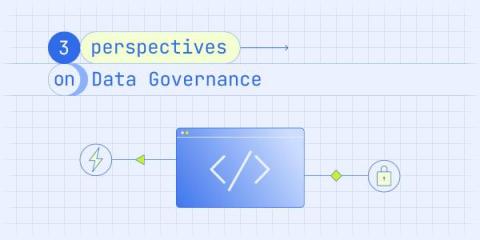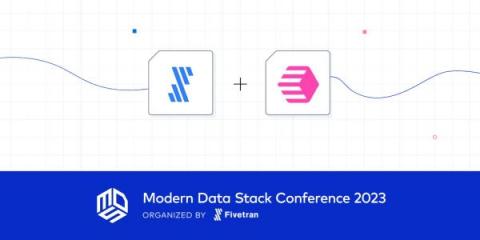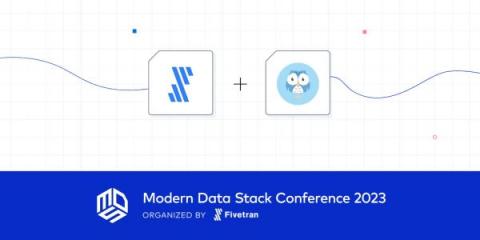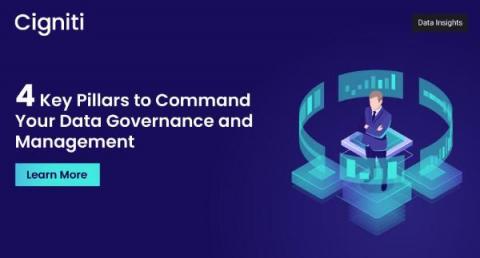Systems | Development | Analytics | API | Testing
Data Governance
Top Data Governance Tools for 2024
Empowering Seamless Data Governance with a New User Experience in Snowsight
At Snowflake, we are dedicated to helping our customers effectively mobilize their data while upholding stringent standards for compliance and data governance. We understand the importance of quick and proactive identification of objects requiring governance, as well as the implementation of protective measures using tags and policies.
How Data Governance Frameworks Benefit from Data Fabric
The value of data is no longer debatable. But the secret to unlocking that value still evades many organizations. Only 44% of data and analytics leaders think their teams are effective in providing value, according to a new Gartner® survey. And business users are still struggling, too, citing accessibility issues and complexity as barriers to data use. Combine this with low executive confidence in data, and it’s clear that data challenges are ubiquitous.
Three perspectives on data governance
How to identify and resolve conflicting incentives and priorities over data governance.
Master the MDS balancing act: Data governance vs. Self-serve
A guide to finding the happy balance between enough governance to tame data chaos and enough self-service to empower stakeholders.
How data governance creates an effective data supply chain
Effective data governance builds a culture of trust and collaboration around data.
Exploring 8 Popular Data Governance Frameworks
4 Key Pillars to Manage Information Assets
Data governance and management is a term that has become more commonplace in recent years. However, many organizations are still struggling with how to implement effective data governance and management strategies. This lack of focus is becoming more and more apparent as the importance of data management continues to grow. Here are the four key pillars that will help you successfully implement your data governance strategy.










